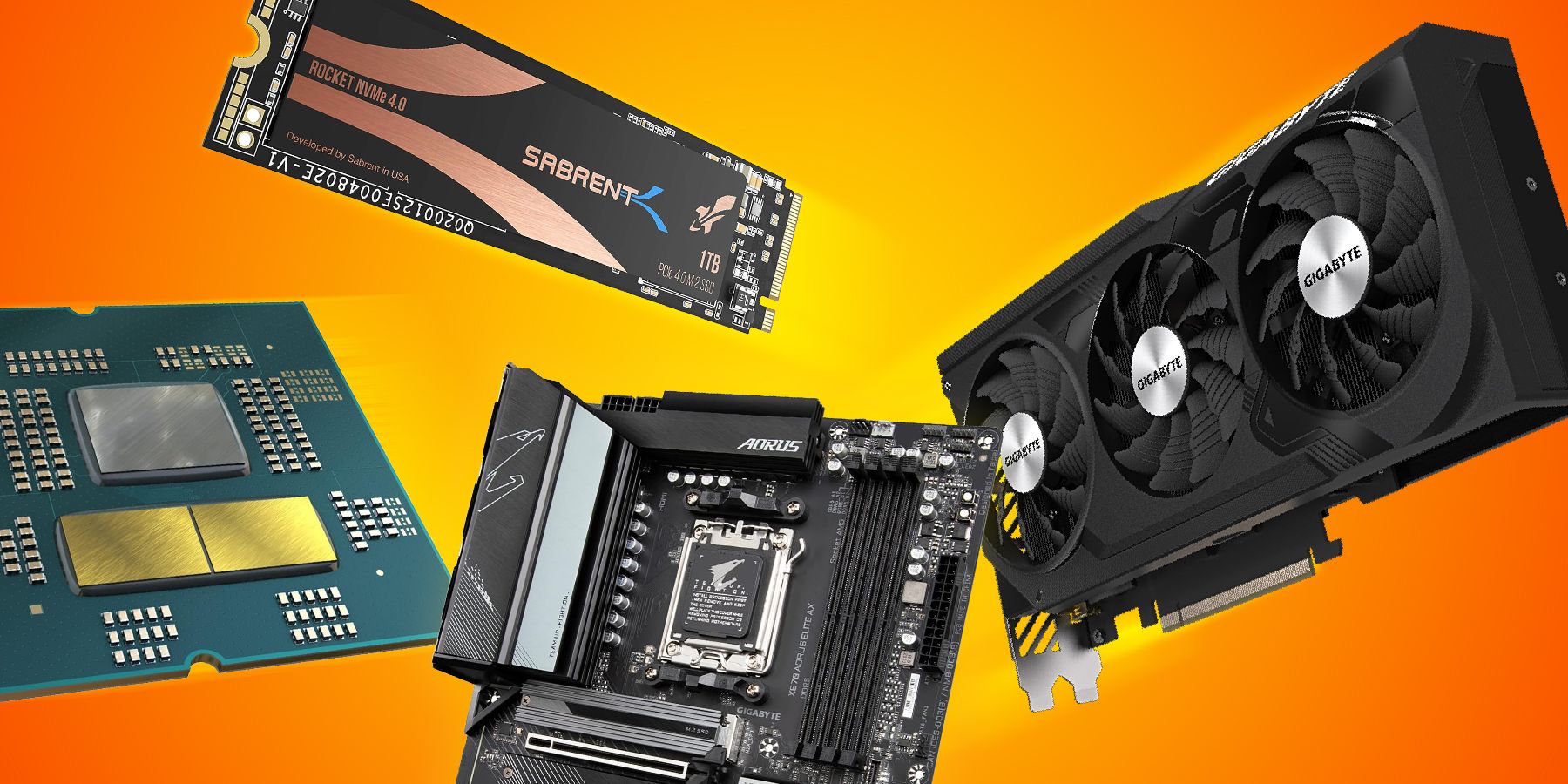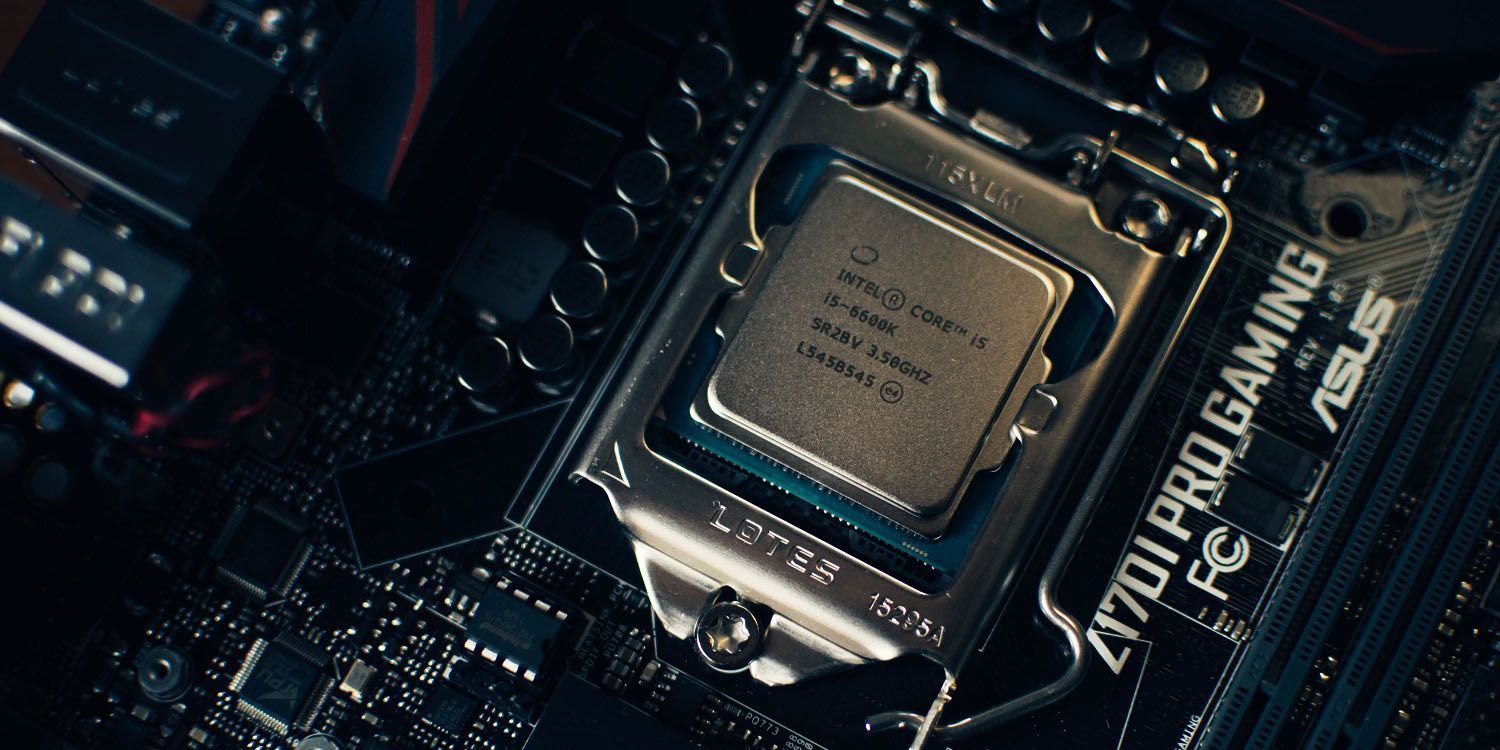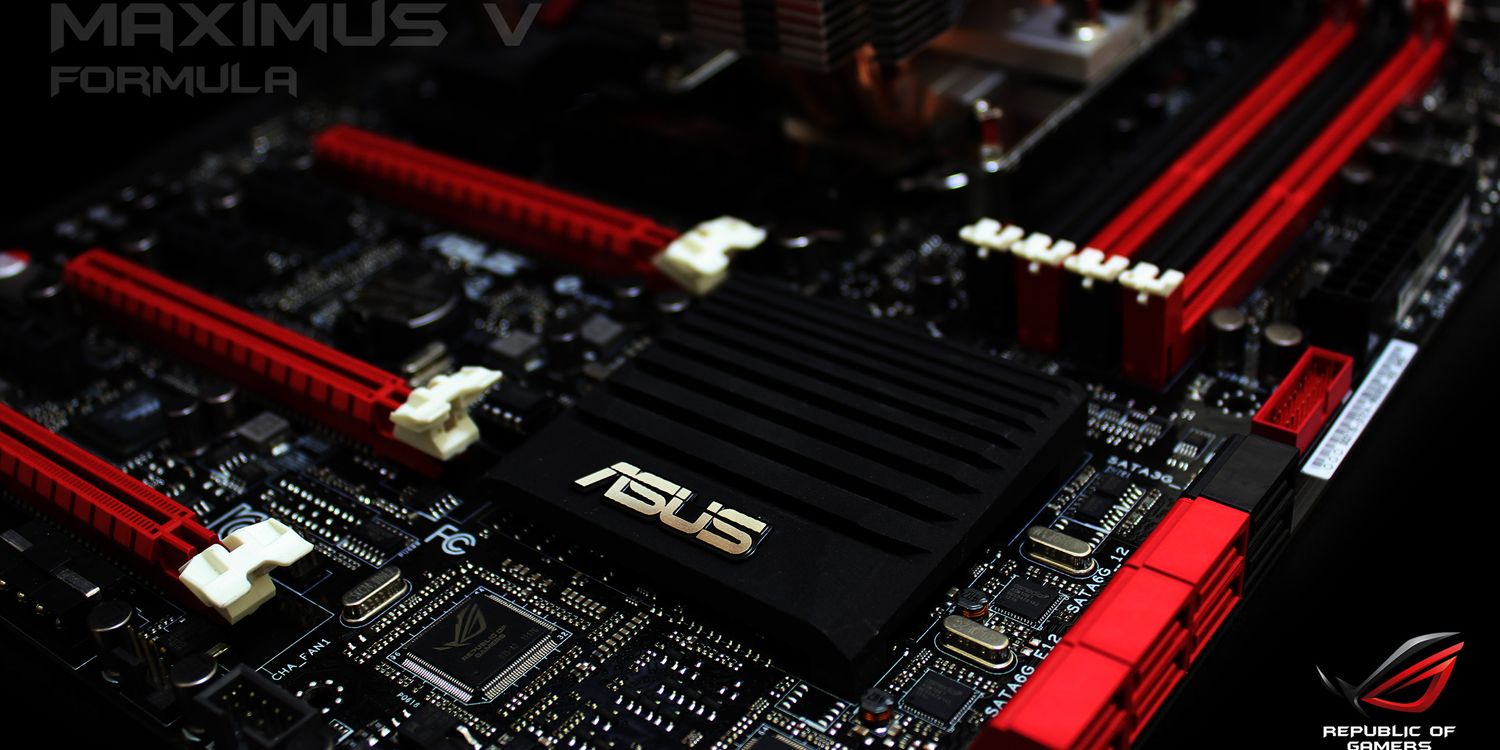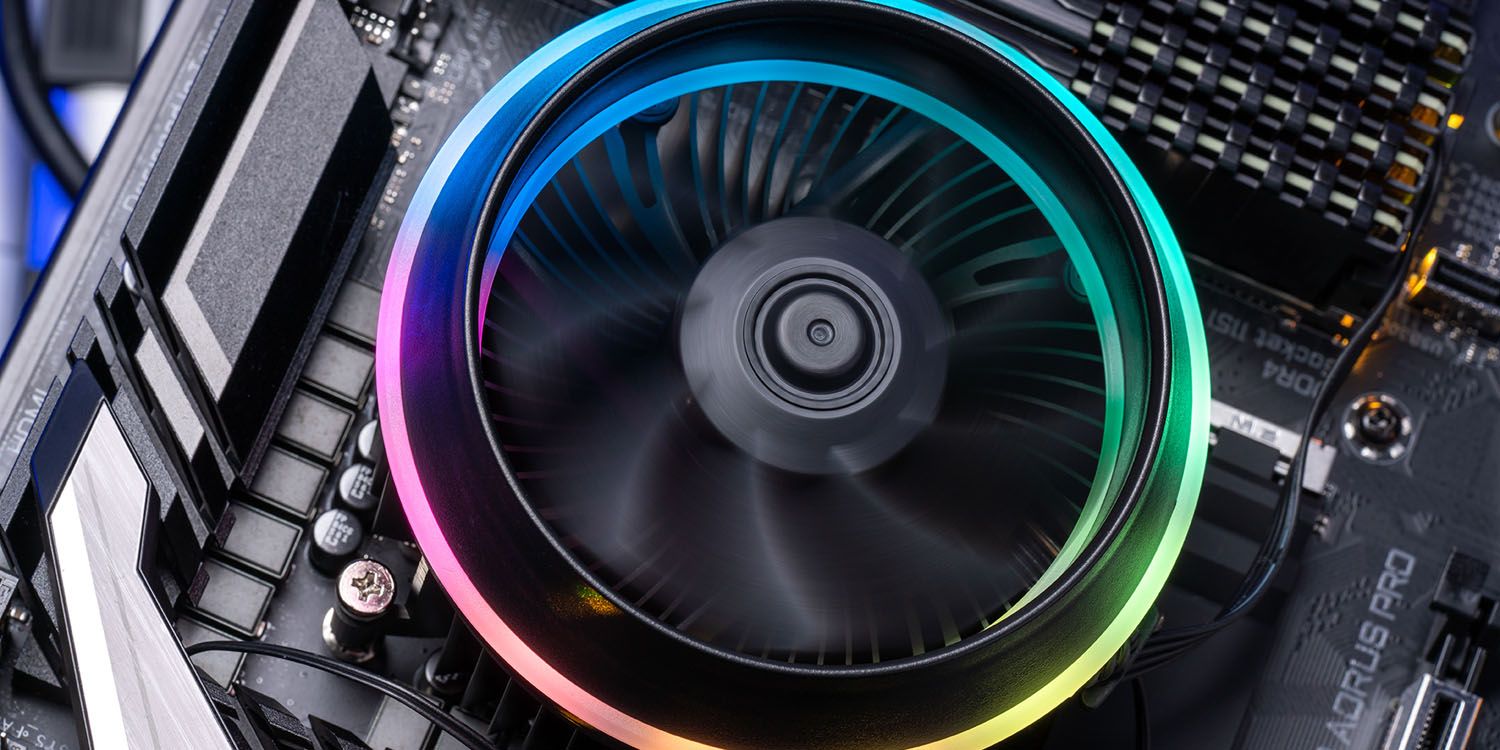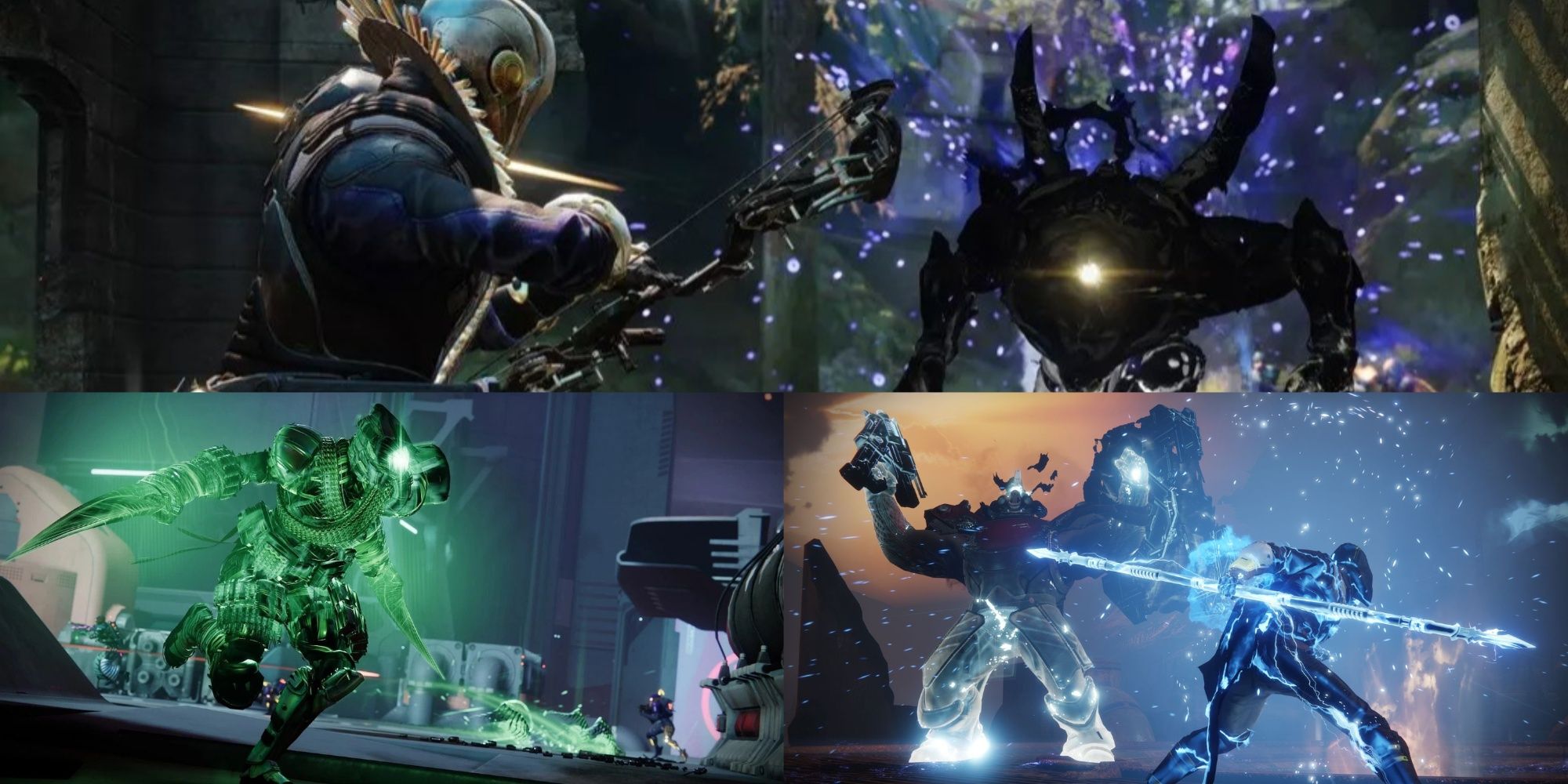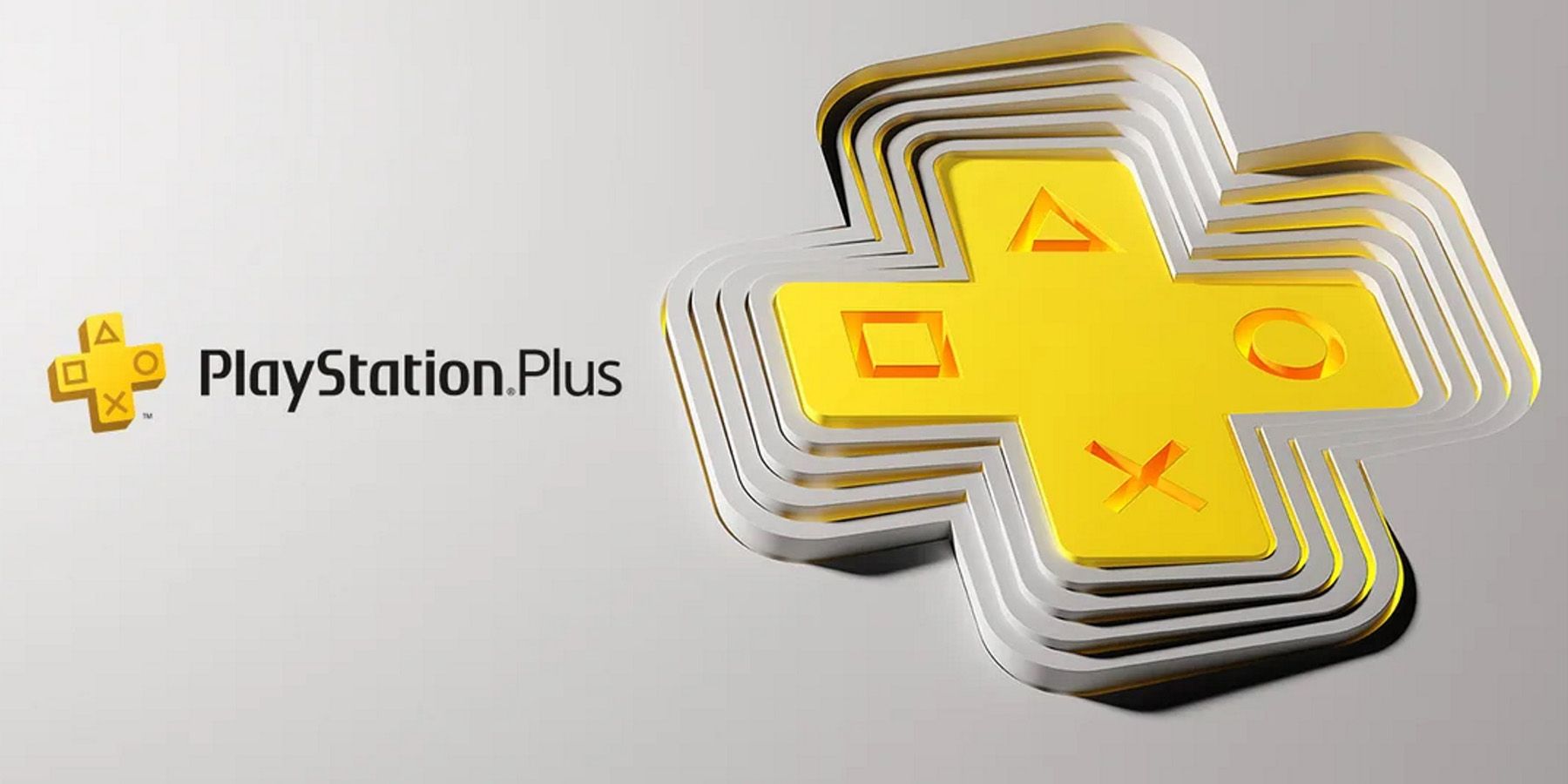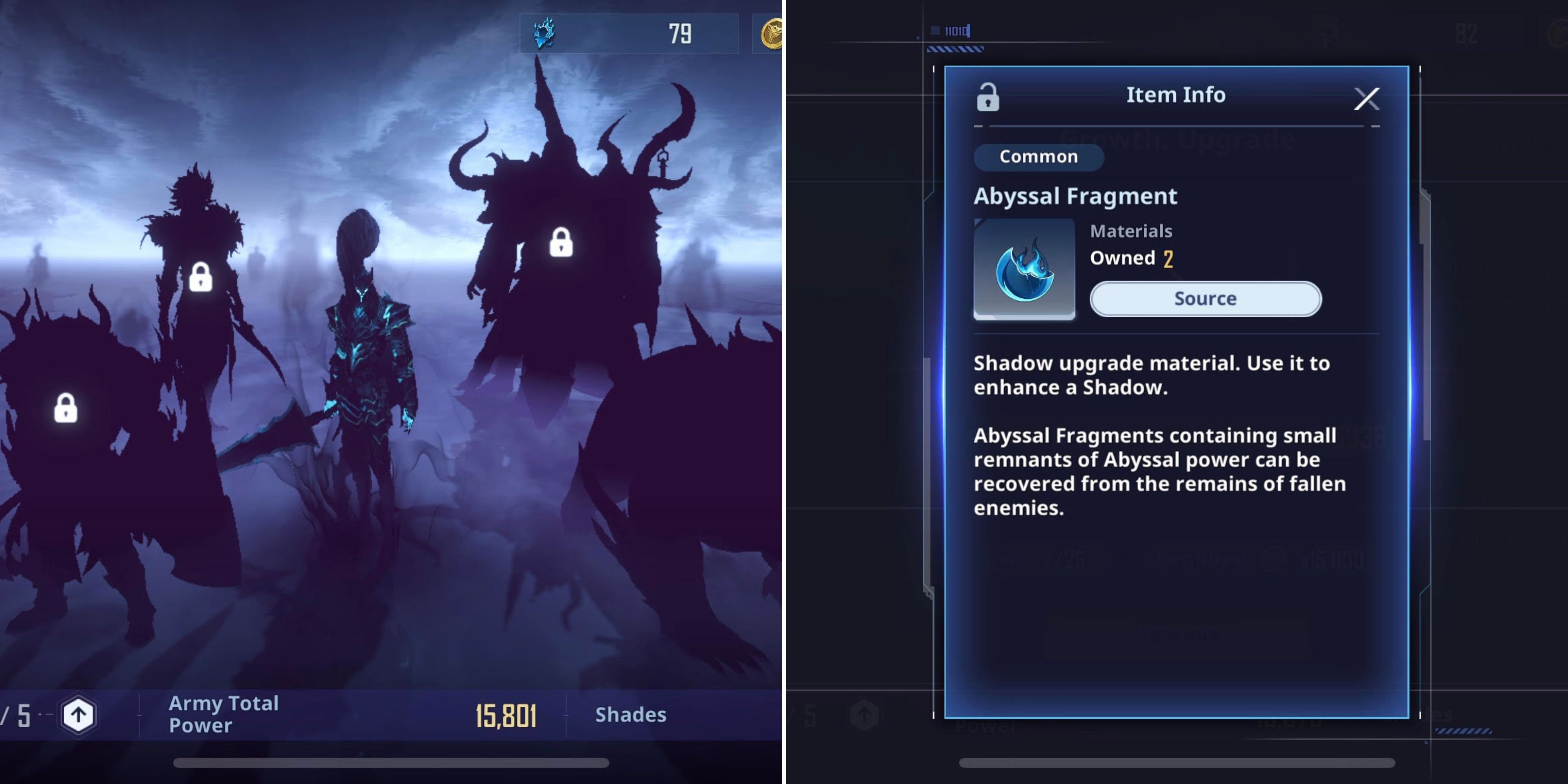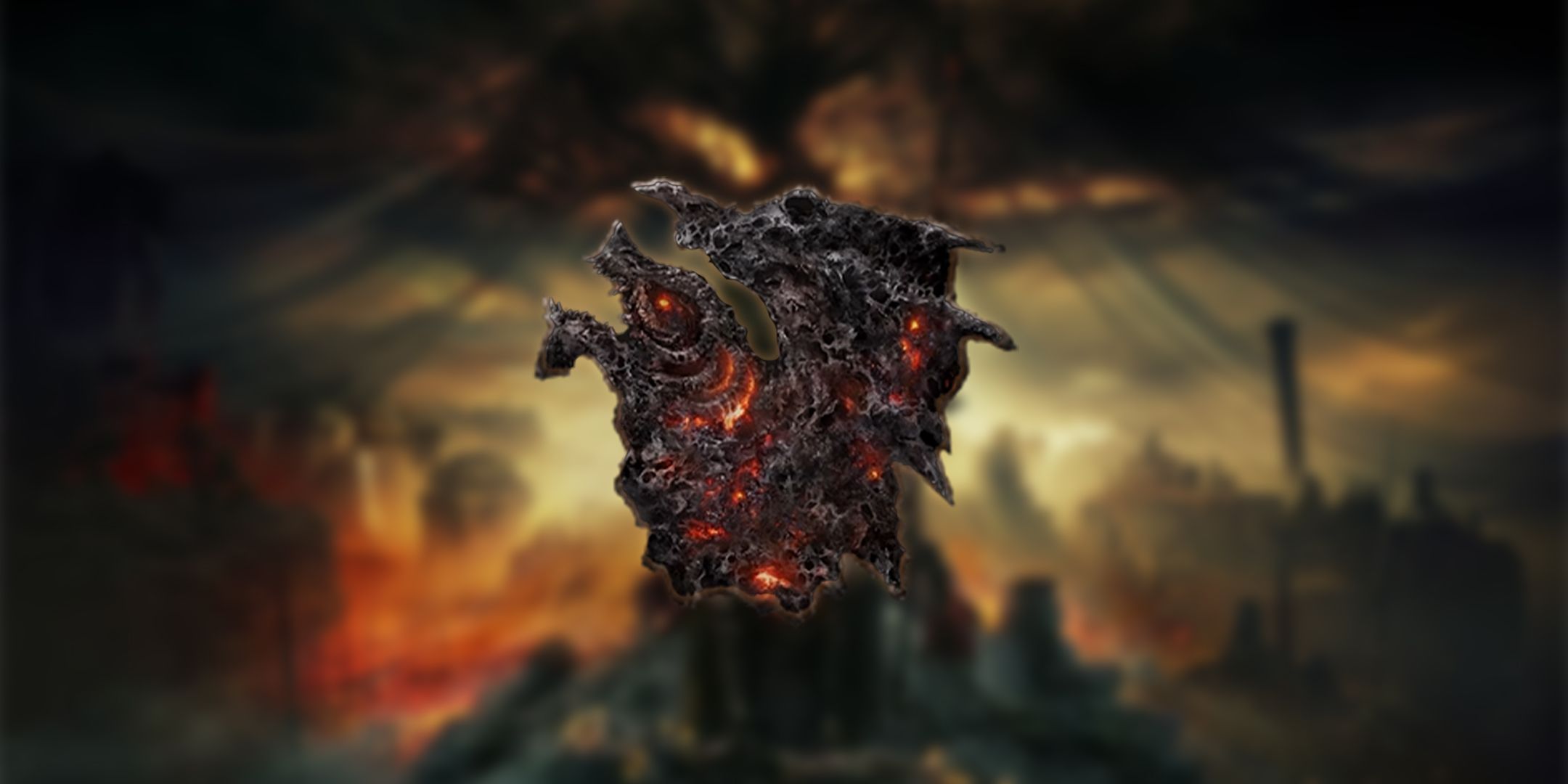Highlights
- Knowing the difference between normal PCs and gaming PCs is crucial for optimal performance in video games.
- Each component in a gaming PC, from the CPU to the GPU to the PSU, plays a vital role in creating a powerful system.
- Upgradability is key when building a gaming PC to ensure it can keep up with the latest games and advancements in technology.
The difference between a normal PC and a Gaming PC is its hardware configuration. While normal PCs can play video games, gaming PCs generally surpass them by miles in performance. Video games have been an inseparable part of PCs for decades, and as they keep moving forward, the gaming capability of gaming PCs has increased exponentially.
The Best Gaming PC Builds Under $2000
Need to build a PC on a budget? Here are the best builds users can make themselves for under $2000!
Thankfully, even kids today are familiar with some of their PC’s hardware, but there is a huge difference between knowing what’s inside and knowing what’s best. The journey to become an experienced PC builder requires countless hours of research, parts assembly, and knowledge of every part in detail. However, Game Rant has shortened this journey in this single piece of article that sheds light on every aspect of gaming PC hardware.
By the end of this article, users will be equipped with the core knowledge of gaming PC specs and how they should choose the components in order to craft the best possible gaming PC for money. The Game Rant team also recommends checking out different hardware guides mentioned throughout the article which will help users choose the right components in 2024.
Choosing the Best Hardware Specs for a Gaming PC
Each component needs special attention, as every PC component has a different working method and certain parts may affect performance directly or indirectly. Usually, there are six different parts essential to build a PC: a Processor, RAM, a Motherboard, Storage, a PC Case, and a CPU Cooler. However, most gaming PCs also need to have a powerful graphics processing unit either in the main processor or as a separate component.
To build a capable gaming PC, here is what users should know about choosing each component:
Processor/CPU
In 2024, we are looking at CPUs that have far more potential than CPUs a few years ago. Every year both AMD and Intel launch new lineups, or “generations”, of processors with improved specifications and features by improving the core architecture.
Several years ago, it was totally possible to build a powerful quad-core CPU-based gaming system that would run all the games flawlessly, but as we step into 2024, more cores and hyperthreading have become vital elements for gaming PCs. Hence, users should look for at least 6 cores with or without hyperthreading if they don’t want to limit their system’s capabilities.
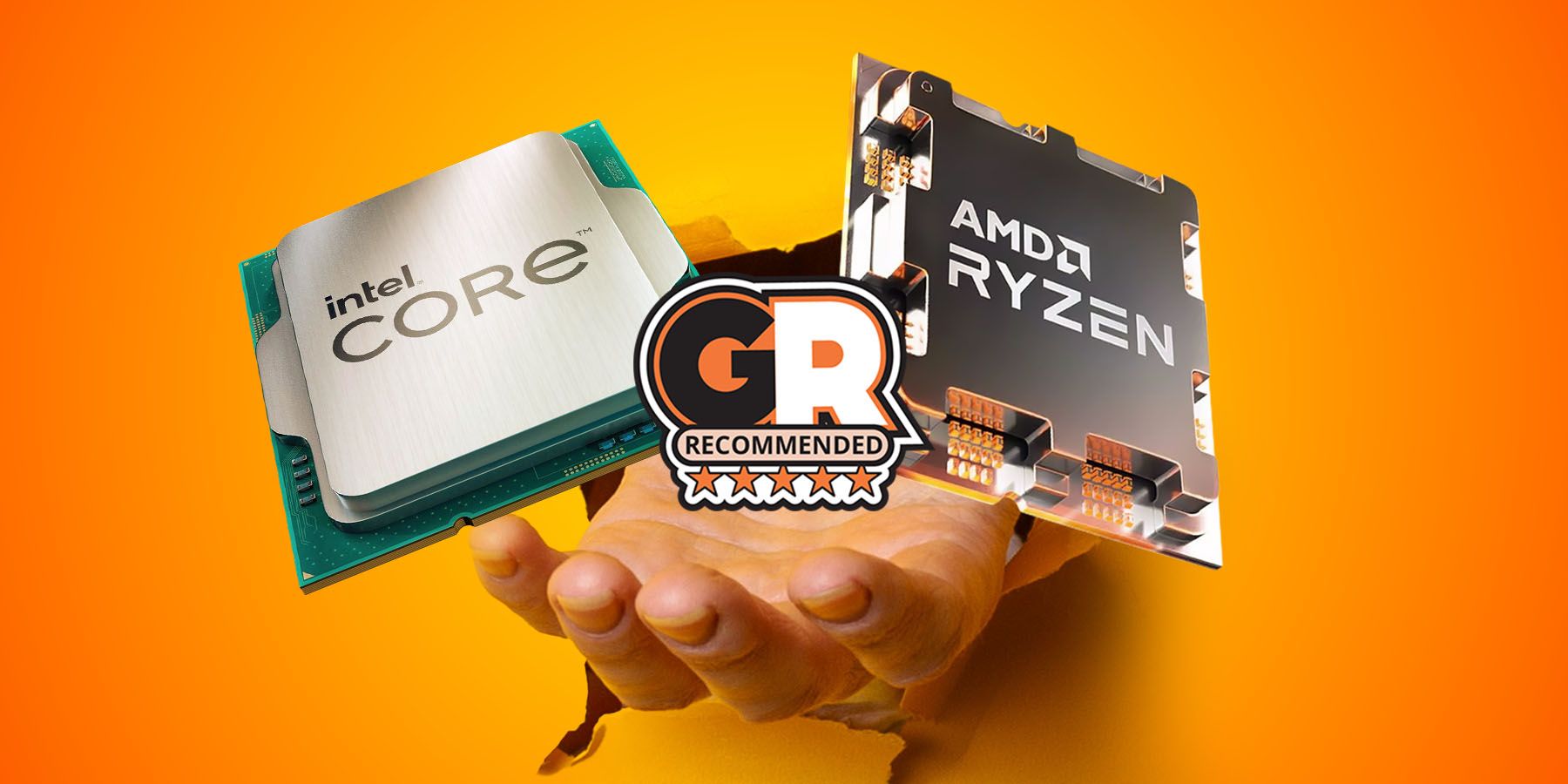
The Best Gaming CPUs in 2024
PC gaming is an increasingly competitive space when it comes to hardware options, but some CPUs tend to be better at gaming specifically.
Nonetheless, some four-core processors like the Core i3 14100F provide hyperthreading to distribute the load evenly on eight threads and will be adequate for budget gaming systems. For optimal gaming performance, it is best to go with the Intel Core i5 14400F, which comes with 10 cores and 16 threads, or AMD Ryzen 5600X or Ryzen 7600X, where the latter provides several benefits over the former but is costlier.
For higher-end gaming builds, Intel Core i5 14600K or Ryzen 7 7800X3D are currently the best-performing CPUs for their price tag and will eliminate bottlenecking completely.
Graphics Card
Video games are mostly GPU-dependent because the complex geometry and intense graphical scenes in video games need some good horsepower to render as quickly as possible. While the CPU also shares some load for doing important tasks, a GPU has its own processor to tackle the job on its own.
Graphics cards have their own video memory, also known as VRAM, as it is easier for the GPU to access it compared to the main system RAM. For gaming, a graphics card with at least 6GB of VRAM is essential, assuming users are going to play at 1080p resolution. This is after keeping in mind that some modern titles may see stutters or dips in performance as they require 8GB VRAM.
For budget gaming builds, it’s recommended to get a GPU like the RX 6500 XT or Intel ARC A750. These perform well on medium to high settings and are best for eSports games. The next tier comprises GPUs like AMD Radeon RX 7600 and RTX 4060, and is for maxing out games at 1080p.
Users looking for uncompromised 1440p gaming performance should go with the RX 7800 XT or the RTX 4070, while enthusiasts who have no budget constraints and want to game at 4K can get the RX 7900 XTX or the Geforce RTX 4090.
RAM/Memory
Five to six years ago, all gamers needed was 8GB RAM capacity, but things have changed drastically since then. While 8GB of RAM will still suffice for budget gaming builds, bottlenecking is inevitable in some scenarios. With the rise in memory consumption of applications, background tasks, and browsers, there isn’t much left for video games.
Insufficient RAM causes frequent stutters and big dips, resulting in an unpleasant gameplay experience. It’s recommended to go with 16GB of RAM, whether DDR4 or DDR5, to make sure the games don’t lack the fuel they need. It’s also important to keep in mind that RAM frequency and CL timings also matter.
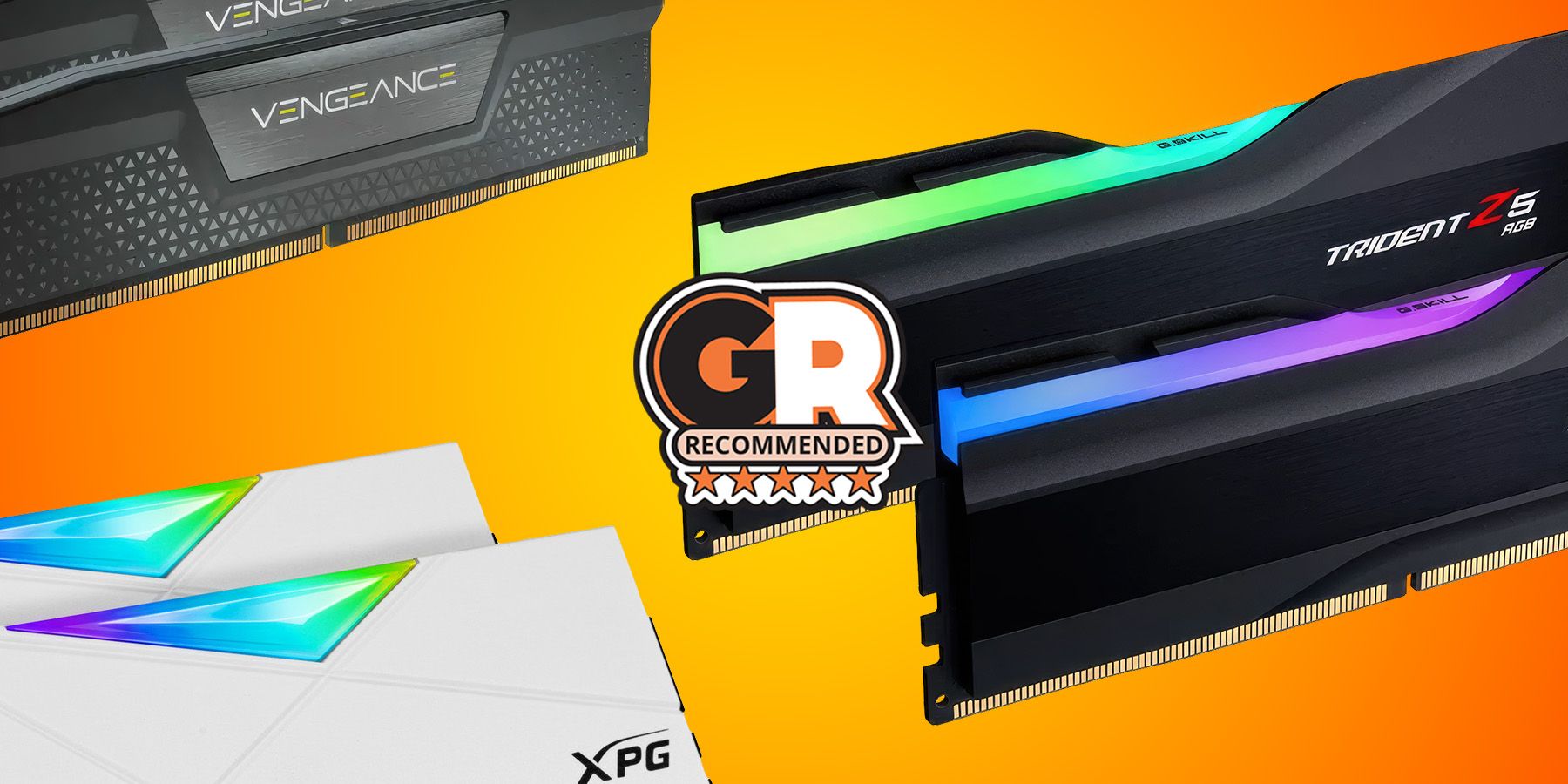
The Best Gaming RAM For PCs In 2024
Need more memory for a gaming desktop? Here are our picks for the best users can buy right now!
Getting a DDR4 RAM kit with at least 3200MHz of speed and tight timings is essential to good frame rates. Higher speeds may not be too much of a big deal, but they often provide a noticeable uptick in gaming performance. Similarly, for DDR5 RAM kits, it’s recommended to have 6000MHz of frequency or higher.
Storage
Traditional hard drives have done a good job for decades, but now it’s time to completely switch to fast SSDs, aka Solid State Drives. The majority of gamers have already started to switch to SSDs as they are more compact and are several times faster than mechanical hard drives.
They are slightly more expensive than the HDDs, but in the past few years they have become really affordable and come with several different storage capacities. NVMe SSDs are generally the fastest and help with quick boot of the OS and games/applications. They easily sit on the motherboard on the M.2 connector without taking any additional space inside the case.
For storage, it’s recommended to have at least 1TB of fast NVMe SSD as the primary storage where the users can store their OS, primary applications, and a few games. If the motherboard boasts multiple M.2 connectors, it’s best to install more NVMe SSDs than going for the SATA SSDs.
Motherboard
The motherboard’s main job is to provide an interface for the components to communicate with each other. Earlier, motherboards didn’t get so much attention as they hardly influence performance, but these days they can have a noticeable impact on performance, plus they largely determine the upgradeability of a gaming PC.
Motherboards are available in several different form factors, including Mini-ITX, which is the smallest, Micro-ATX, which is slightly bigger, ATX, which is the standard size, and E-ATX, which is the biggest of all on mainstream PCs. It doesn’t matter if gamers choose any of them. What matters is the quality of its component support, cooling capacity, onboard features, and power delivery.
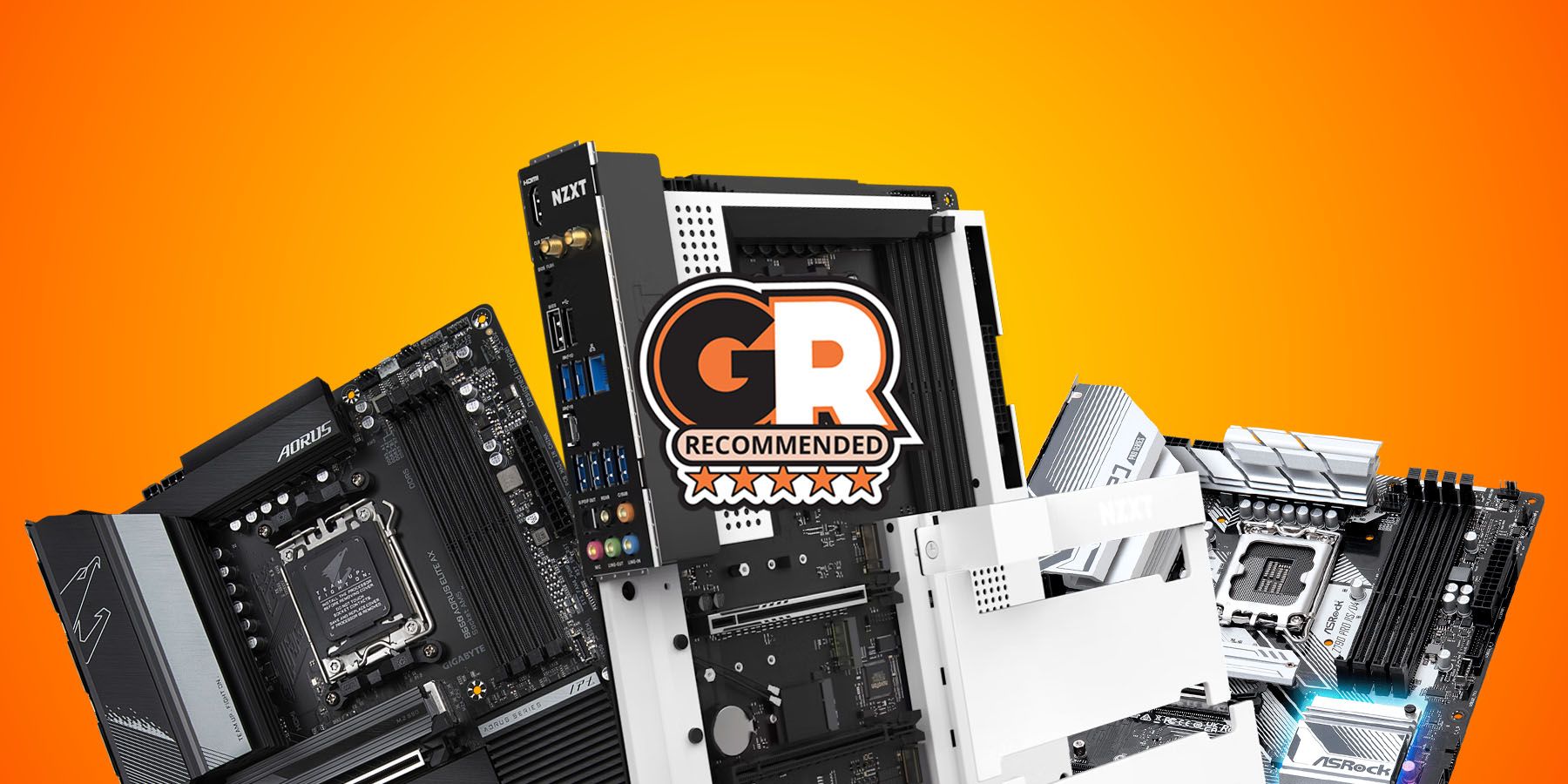
The Best Budget Motherboards for Gaming in 2024
Building or upgrading a gaming PC doesn’t have to be an expensive venture. Here are some of the best budget gaming motherboards money can buy!
For overclockable chips, it’s recommended to go with unlocked chipsets such as Z790 motherboards for the latest Intel 12th/13th/14th gen processors, and B650/X670 motherboards for AMD Ryzen CPUs in the Zen 4-based lineup. If overclocking is not needed, chipsets such as H610 and B760 for Intel CPUs, and A620 for AMD CPUs will do the job.
It’s highly recommended to check the prices of motherboards and compare their features before the purchase. Game Rant recommends going for a better chipset, as they not only provide overclocking support, but also have extra PCI lanes through the chipset to support more components. This allows easier upgradeability in the future.
Power Supply
Power Supply is responsible for providing adequate voltage to the components. Each component, including CPU, GPU, cooler, motherboard, fans, and storage drives is powered by a PSU. Generic PCs have generic power supplies that do not come with protection features and good efficiency. Gaming PCs particularly require reliable power supplies that are built using premium components and come with heavy-duty protection.
This is to ensure that the PSU breaks before the faulty power damages the more expensive components. Gaming with reliable power supplies means plenty of connectors and cables for adding multiple storage drives and GPUs, and most will be compatible with the latest connectors found on modern hardware. It’s best to go with a higher wattage PSU to have some room for further upgrades, and it’s also recommended to choose at least a standard 80 Plus rated power supply.
CPU Cooler
While some processors come with a stock CPU cooler inside the CPU box, others don’t. CPU coolers do the crucial job of cooling down the overheating chip to avoid thermal throttling. In gaming PCs, they may not directly influence the CPU’s performance but help the CPUs to operate with stability.
A processor that runs very hot and cannot maintain high clock speeds without downclocking will have problems maintaining consistent performance in games. Hence, the CPU cooler needs to be effective in dissipating the heat quickly and avoid hitting the critical temperature. For most locked processors, the stock coolers do a pretty fine job, but overclockable processors need good cooling solutions.
Depending on the CPU tier, users may opt for an air CPU cooler or an AIO cooler. The best AIO coolers are superior in quick heat dissipation, but are also expensive. Enthusiasts who love to achieve higher clock speeds than advertised should go with at least a 280mm AIO. Newer generation processors in particular need a premium AIO cooler, as they tend to run hotter.
Case
A PC case, or “chassis”, hosts all the above-mentioned components. They generally don’t affect the gaming performance unless they are ineffective at cooling. It doesn’t matter whether users go with a futuristic-looking sci-fi case or one that just looks like a cube, the most important thing is the airflow. A high-airflow PC case should allow for balanced cooling to keep thermal throttling at bay.
The next thing to look for is compatibility. It can be quite frustrating once users reach a point where they can’t add a bigger GPU or a storage drive. It is even more annoying to have a cable clutter right in the middle that can mess up the system’s airflow. Therefore, choosing a good PC case is essential, even if it doesn’t affect gaming performance.
What About Upgradeability?
Upgradeability is one of the most commonly ignored factors by newbies. Once they reach a point where their gaming PCs aren’t able to keep up with modern games, they start to regret some of their decisions. Some of the most common mistakes newbies PC builders make are:
- Buying a CPU from a generation that is several years old
- Choosing a motherboard with very little upgradeability
- Getting a case with no airflow and having less clearance for long GPUs
- Buying a low-wattage PSU without an 80+ rating
- Choosing a bad CPU-GPU combo
Once users identify these crucial mistakes before purchasing the components, there won’t be any major problems with upgradeability. While some of them are minor mistakes, some may cost users several hundred dollars in the next upgrade. One of them is choosing an older-generation CPU that will get outdated in 2-3 years. CPU and Motherboard manufacturers generally don’t keep up with the same platform for a decade. So, it’s better to go for the newer platform.
This helps in replacing the CPU without changing the motherboard, and the same goes for the RAM. Another big mistake is getting the wrong CPU-GPU combo. It’s always important to get a powerful CPU that can handle higher-end GPU upgrades in the future. Other mistakes listed will cost less, but they should be kept in mind to reduce the overall upgrade cost.
Power supplies typically last long and getting a higher wattage capacity is a good one-time investment. The same goes for the motherboard, which can allow adding a couple of more storage drives, more RAM sticks, expansion cards, and miscellaneous devices. Lastly, considering what users could possibly change in the future, the PC case should be chosen carefully to avoid compatibility issues.
Bottom Line
Gaming PCs stand out due to carefully selected parts in order to achieve good performance in games. Every generation of CPUs and GPUs sees a big jump in performance. Hence, planning the build before purchasing the parts is a crucial step for identifying what specs the gaming PC should have.
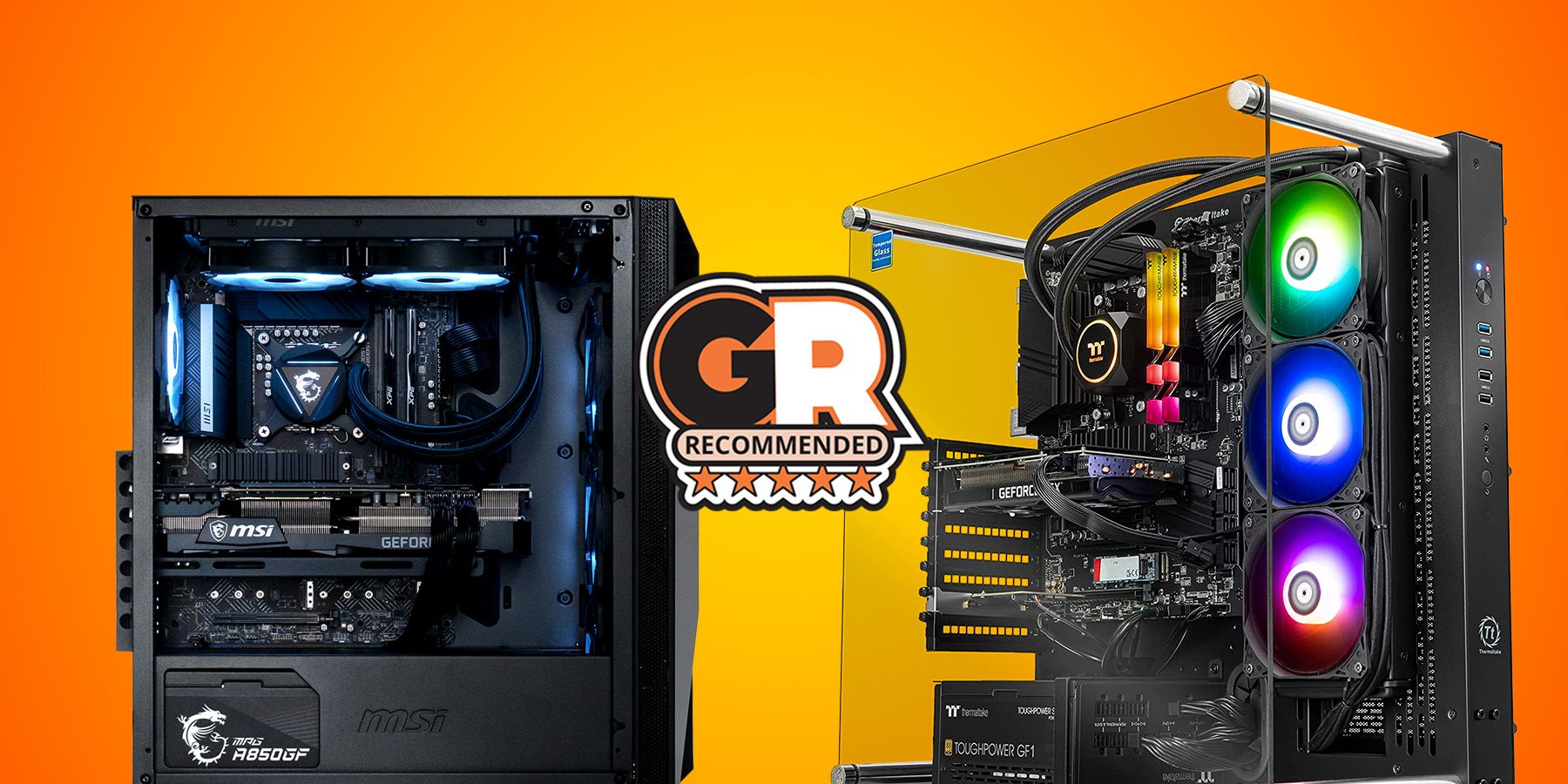
The Best Gaming PCs You Can Buy in 2024
Here are some of the best gaming PCs that should handle the latest and greatest games with relative ease.
FAQ
Q: What specs do you need to run a game on a PC?
Every game has different PC requirements, which can be found on the game’s official page. Modern titles are highly intensive and require a powerful CPU-GPU combo, at least 8GB-16GB RAM, and sufficient storage to run without bottlenecks.
Q: How do I choose my PC specs for gaming?
It’s best to decide on the budget first before deciding on the parts. The specs should be balanced and no one component should be from a completely different tier. i.e., the GPU shouldn’t be Tier 1 when the CPU is from Tier 2 or the CPU will bottleneck the GPU. The above guide has illustrated in detail how much each component affects a PC’s performance in gaming.
Q: How much RAM do I need for gaming?
At least 8GB if the resolution is 1080p but if resolution is higher, then 16GB should be the target RAM size.
/cdn.vox-cdn.com/uploads/chorus_asset/file/25514416/1528729343.jpg)
-Reviewer-Collage-062024SOURCE-Brenda-Stolyar.jpg)
